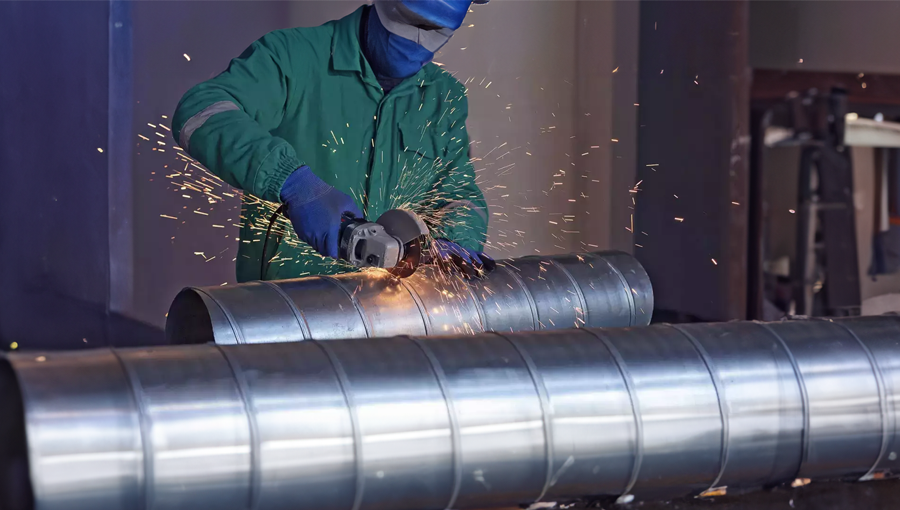As India overtakes China in steel growth, environmental issues loom large
Ferrous
19 Jul 2024 11:41 AM IST
Economic Times
India has surpassed China as the world's leading steel developer, with a pipeline capacity of 258 million tonnes per annum (MTPA), according to the most recent Global Energy Monitor report. This considerable progress brings a number of concerns, the most notable of which is the country's persistent reliance on coal-powered technologies.
The global shift towards greener manufacturing methods and India's continuing initiatives provide a stark contrast, according to the GEM study that examines the industry's developments in the steel sector. Despite a global trend in which the lower-emission electric arc furnace (EAF) technology accounts for 93% of new steelmaking capacity, India continues to be a leading producer of basic oxygen furnace (BOF)-brd steel, which is dependent primarily on coal.
Of the total steel capacity currently under development in India, 177 MTPA is being developed using BOF technology. The report also points out that 84% of India's planned steel capacity has yet to proceed to the construction phase, presenting an opportunity for the country to reconsider and possibly redirect these projects towards more environmentally friendly methods.
Marie Armbruster, a project manager at Global Energy Monitor, emphasized India’s critical role in the future of steel production and its impact on global emissions. "India's sheer volume of steel production has huge potential to push the emissions of the global steel industry towards net zero production," she said. Armbruster urged India to pivot from coal and adopt green hydrogen technology for its direct reduced iron (DRI) capacity, which would align its production processes with global net-zero goals.
The report reflects on the broader global context, noting that while the adoption of cleaner EAF technology is on the rise, the implementation still needs to improve, with ongoing new projects still favouring coal-brd methods. Nearly 46% of all new steelmaking construction globally uses coal-powered technology, marking a significant area of concern for environmentalists.
As India positions itself as a leader in steel production, the GEM report calls for a strategic reassessment of production technologies to meet environmental targets and reduce the industry's overall carbon footprint. According to experts, this transition is crucial not just for sustainability but also for maintaining competitiveness in the increasingly eco-conscious global market.
